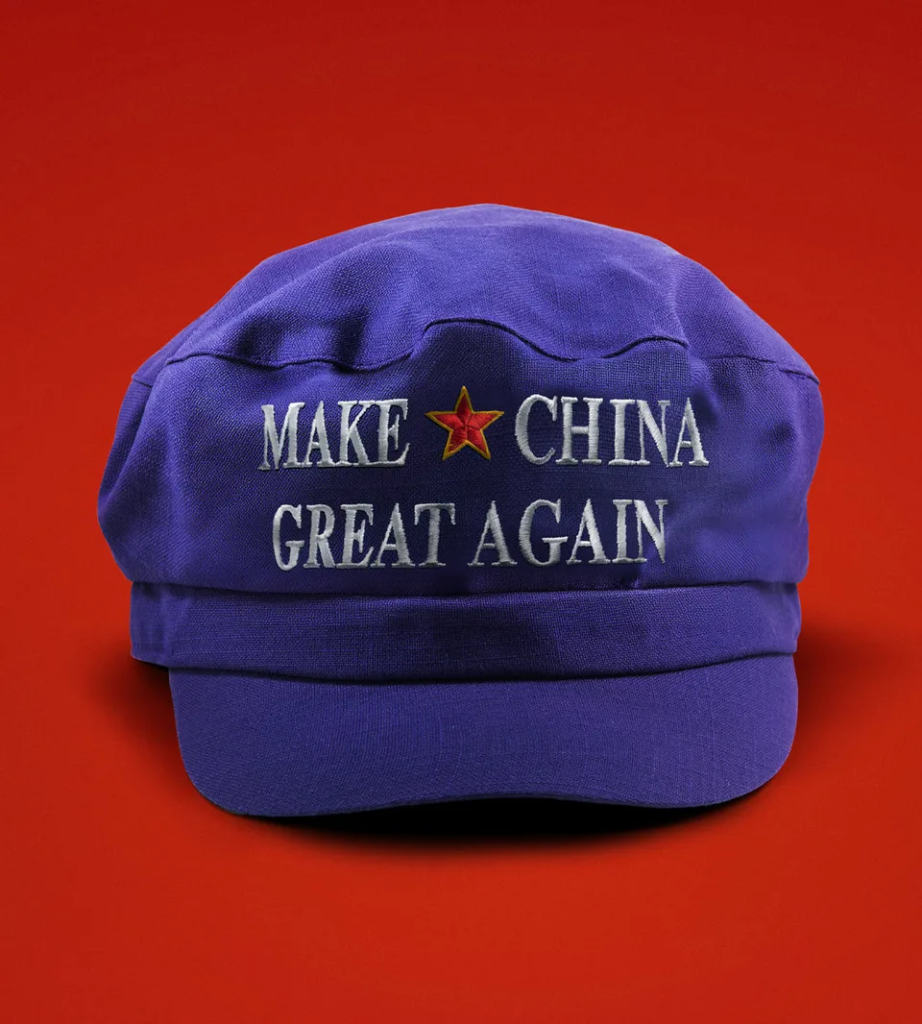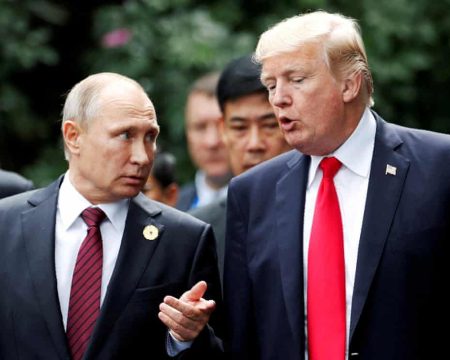As gantry cranes heaved containers along Hong Kong’s Rambler Channel—one of Asia’s busiest shipping arteries—there was no siren, no flash of light, no discernible pause in the flow of global commerce. Yet at exactly 12:01 PM on April 9th, a silent shift began. The United States’ sweeping new tariffs took effect, sending shockwaves through global markets and setting the stage for the most aggressive trade clash between Washington and Beijing in modern history.
Despite the calm surface at ports across China, a geopolitical threshold had been crossed. With tariffs now soaring to 125% on most Chinese imports, the world’s two largest economies have entered a new era of open economic confrontation—one with no clear exit.
The Escalation: From Retaliation to Retaliatory Overload
The tariff spiral began on April 2nd when President Donald Trump announced a 34% levy on Chinese goods, citing unfair trade practices and China’s alleged role in fentanyl production. Beijing responded immediately with matching tariffs. Days later, the White House pushed the rate to 84%, prompting another Chinese retaliation. And on April 9th—just hours after the initial hike came into force—Trump increased the tariffs again, to 125%.
While Trump delayed similar tariffs on U.S. allies like Japan, India, and South Korea for 90 days—offering them a chance to negotiate “bespoke” deals—the damage was already done. The average U.S. tariff rate across all imports now exceeds 25%, the highest since the 1930 Smoot-Hawley Act, widely blamed for worsening the Great Depression.
Markets reacted with short-term optimism to the exemption delay, sending the S&P 500 up 10% by day’s end. But the broader implications remain dire. These levies come amid rising inflation, supply chain fragility, and heightened geopolitical tensions.
China’s Retaliation and Strategic Countermoves
Beijing wasted no time in escalating its response. Several U.S. firms, including PVH Corp. (owner of Calvin Klein), were placed on China’s “unreliable entities” list. Exports of critical minerals to the U.S. were slashed. Chinese authorities also threatened to ban American poultry and soybeans—targeting key agricultural sectors in Republican strongholds.
More subtle but equally strategic were Beijing’s signals to disrupt services trade—where the U.S. actually maintains a surplus.









